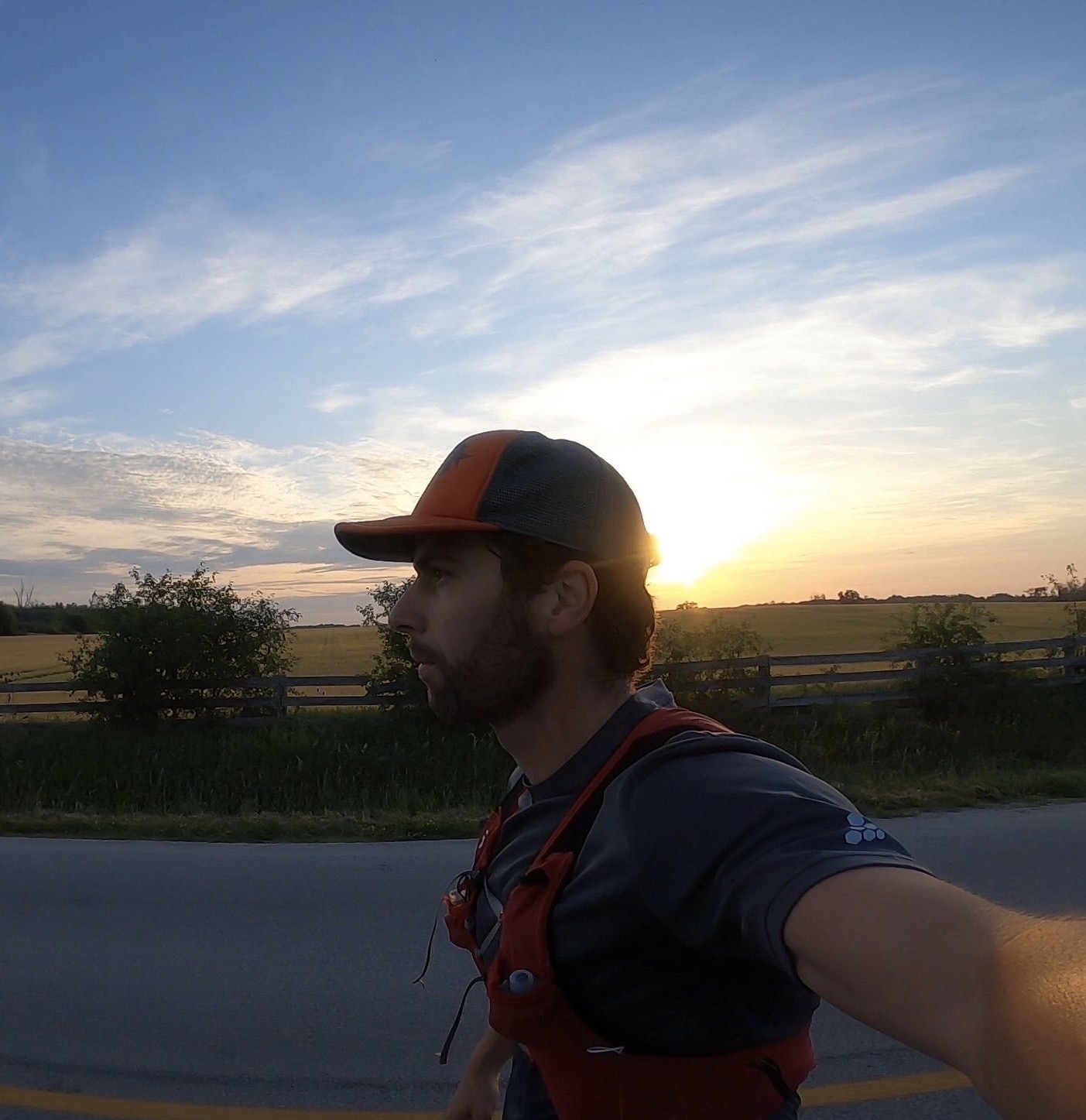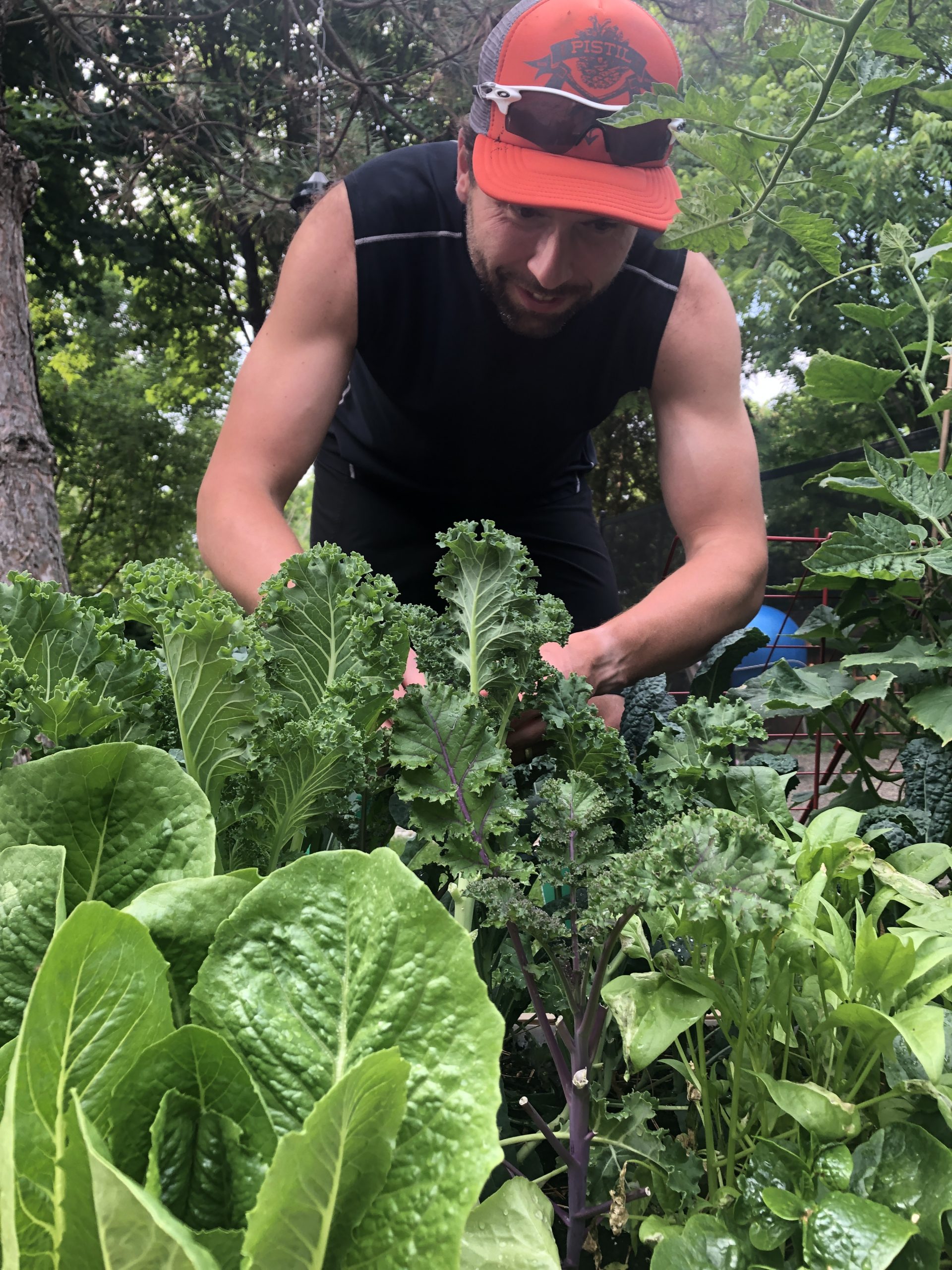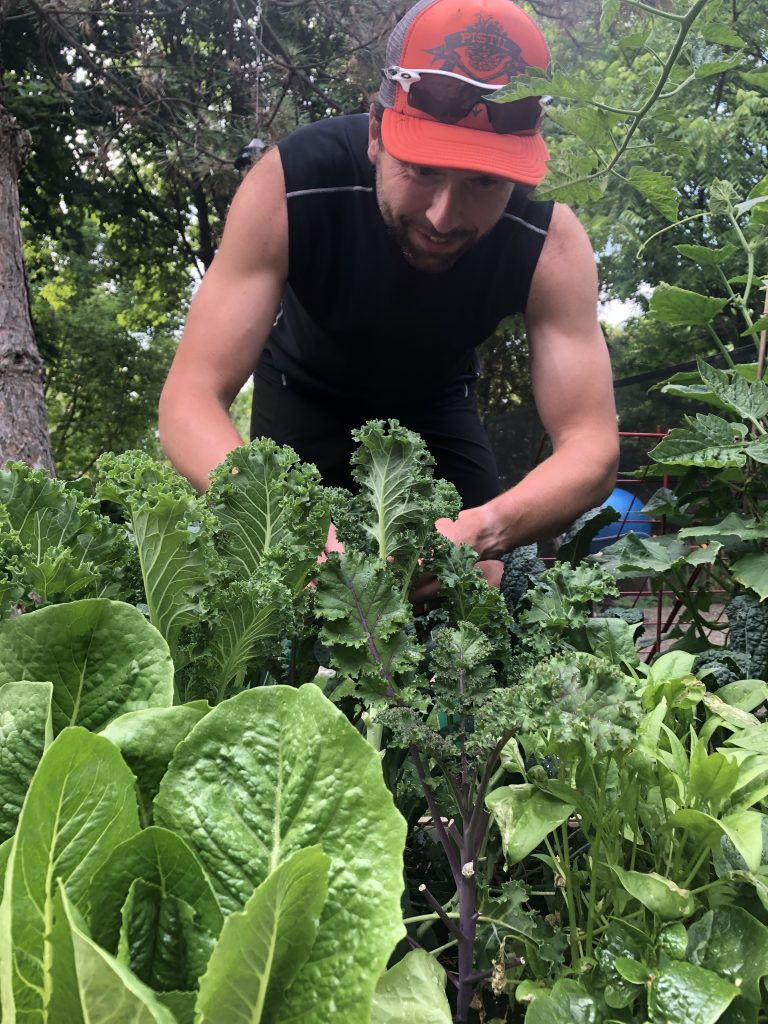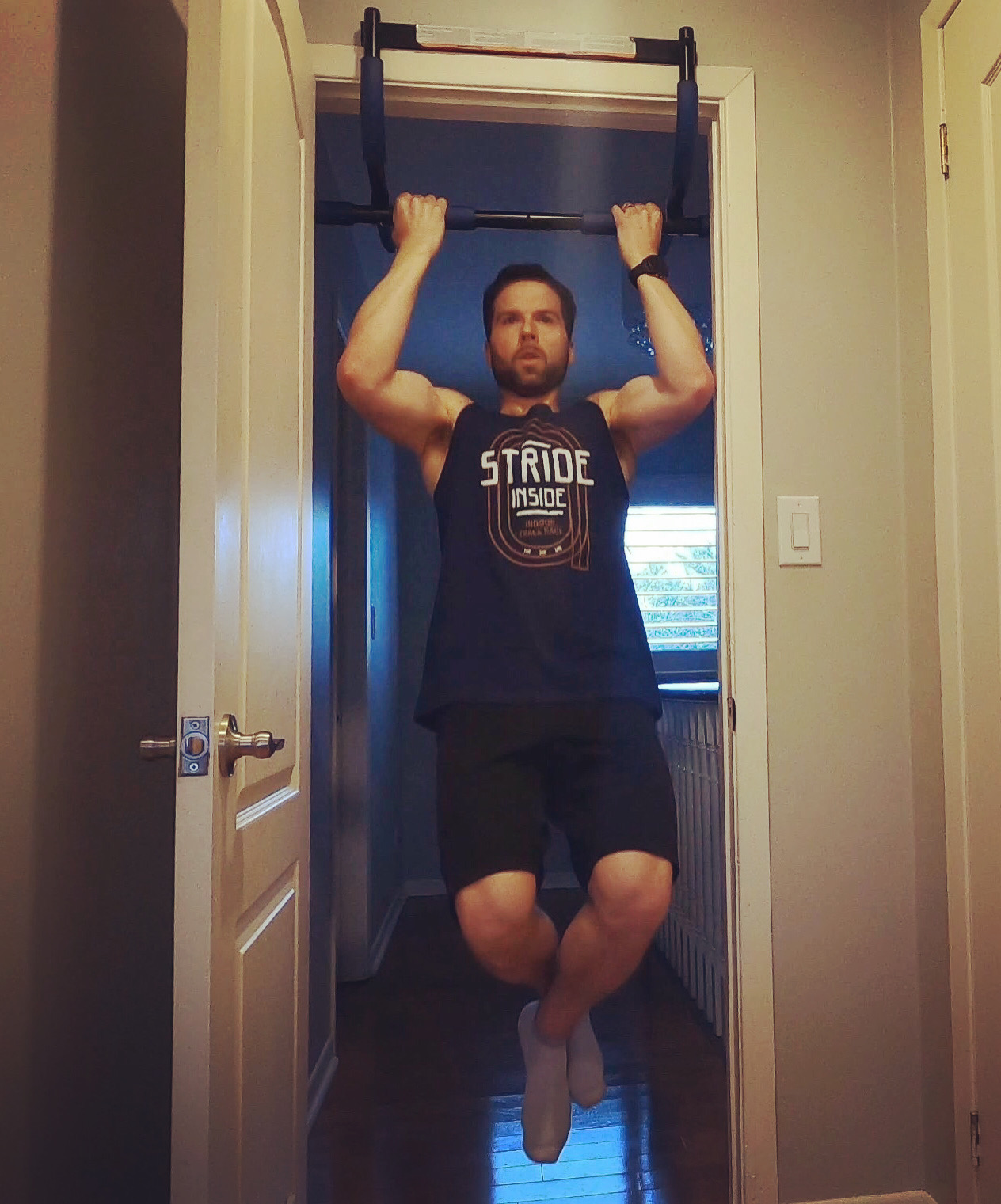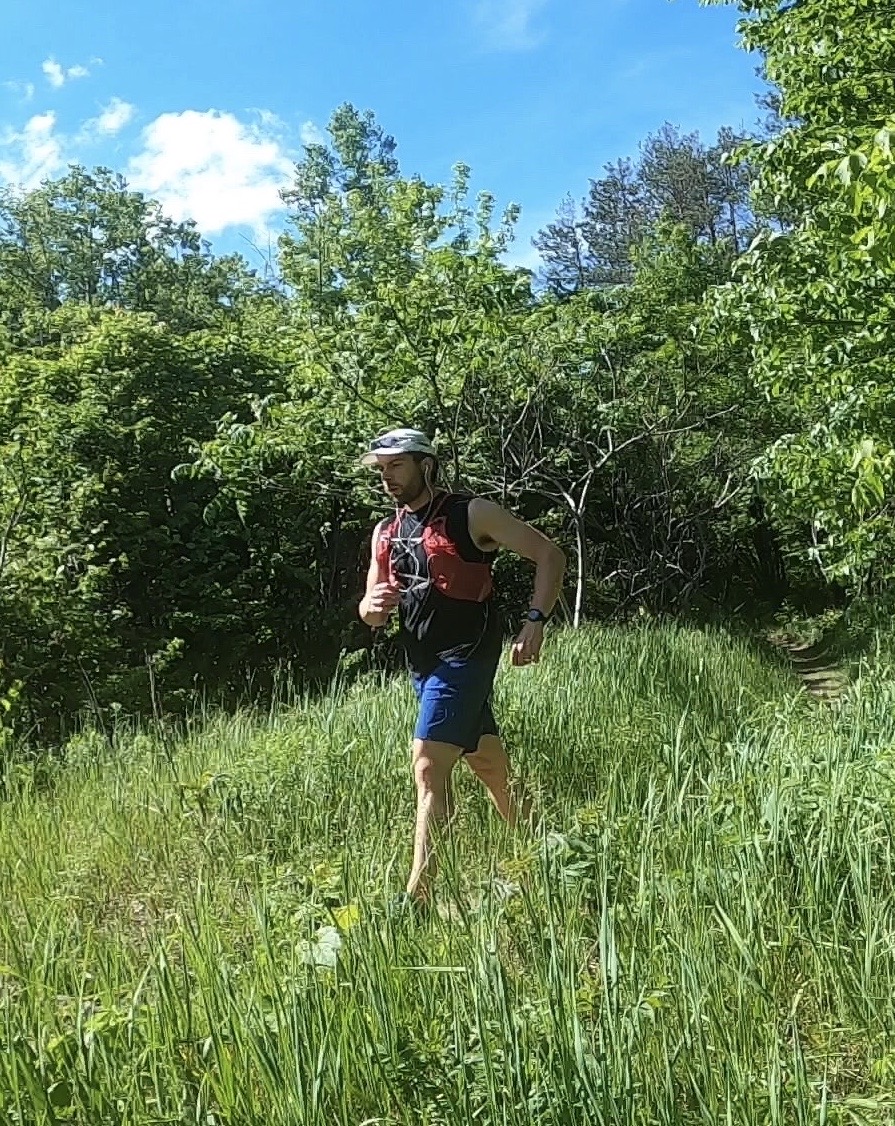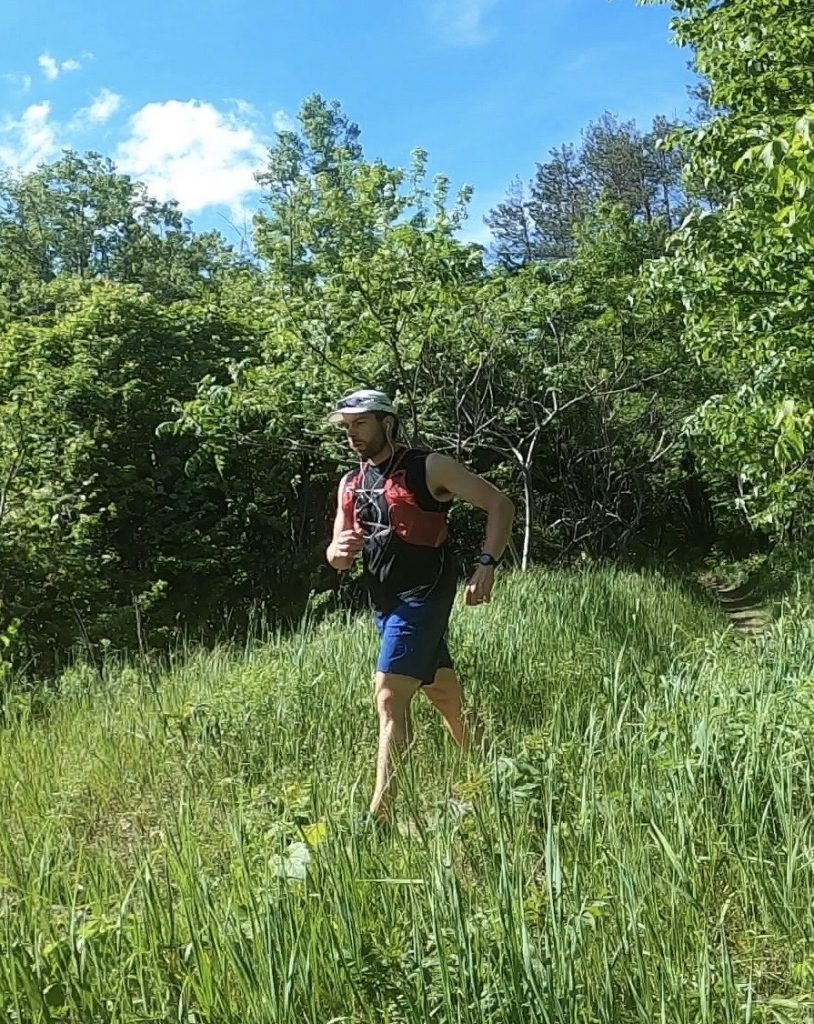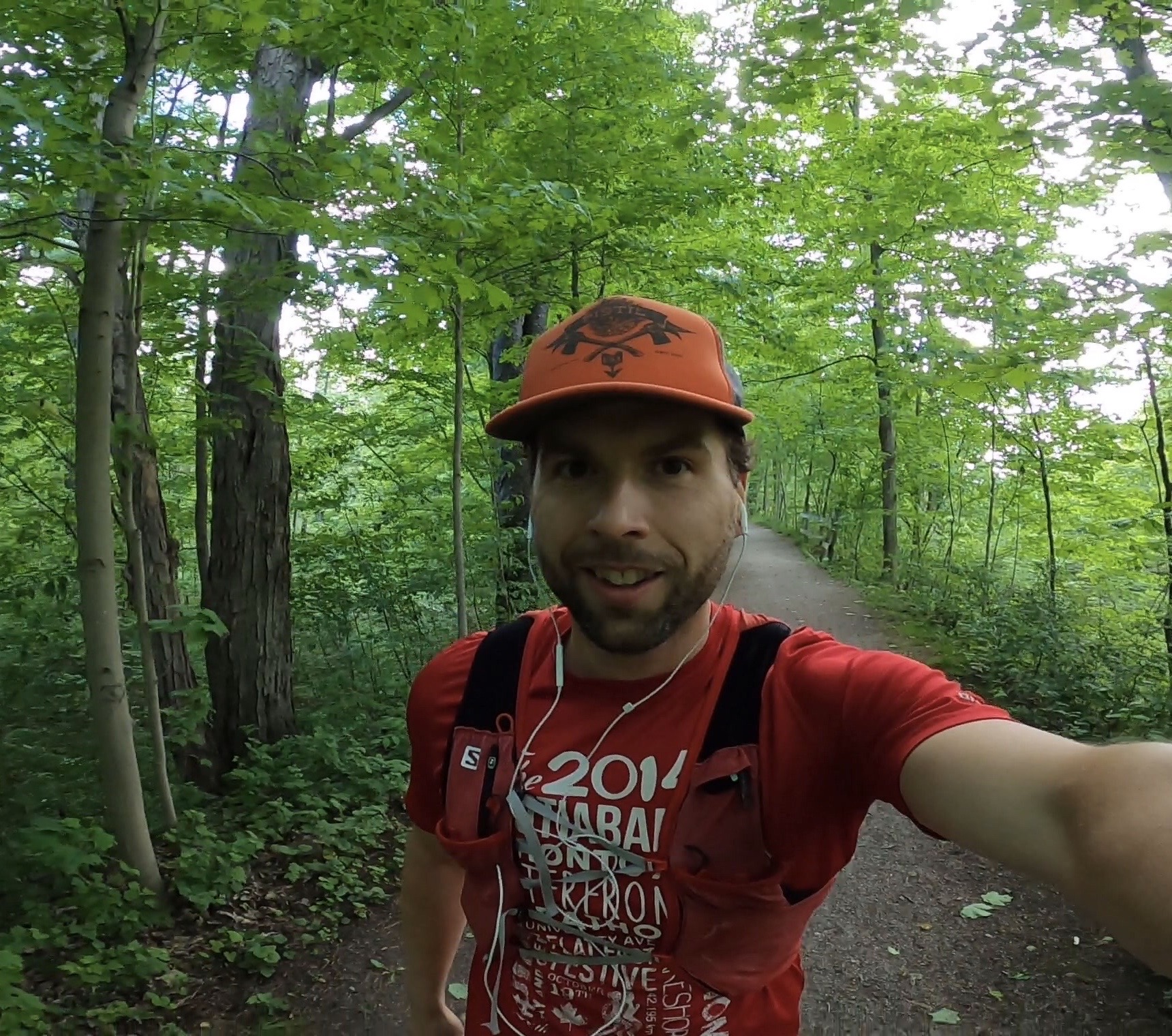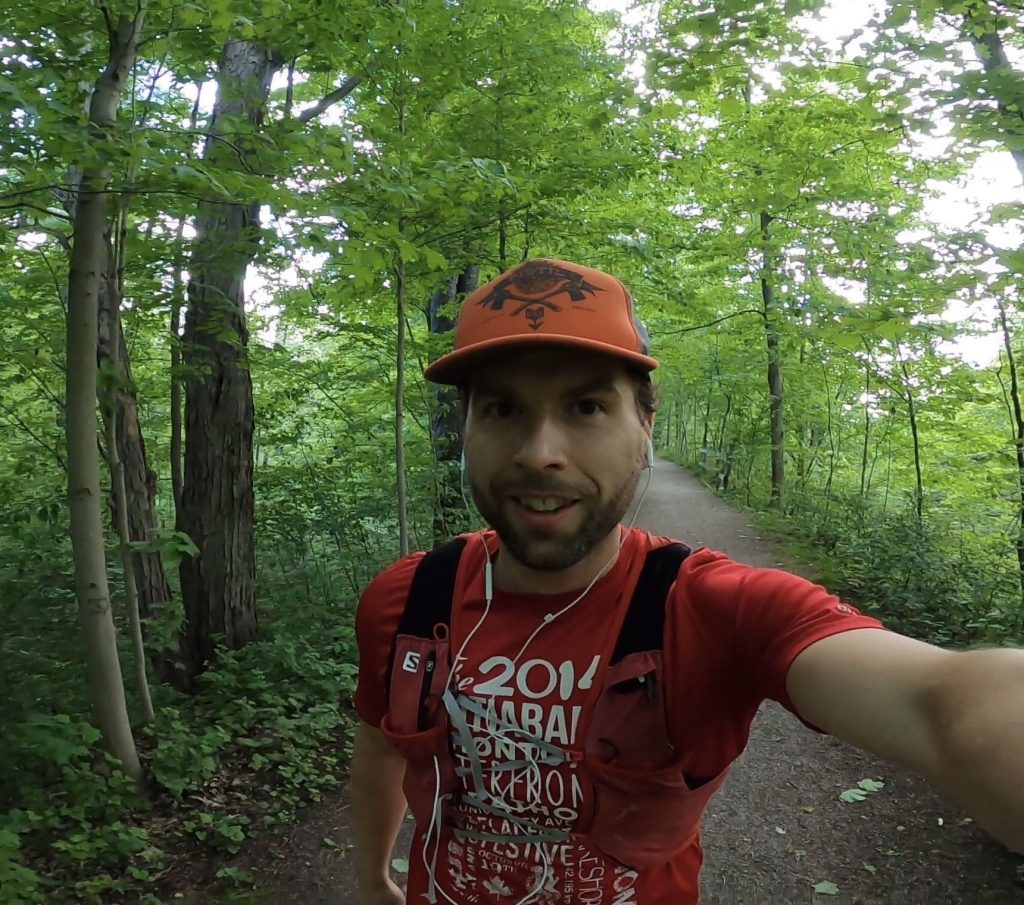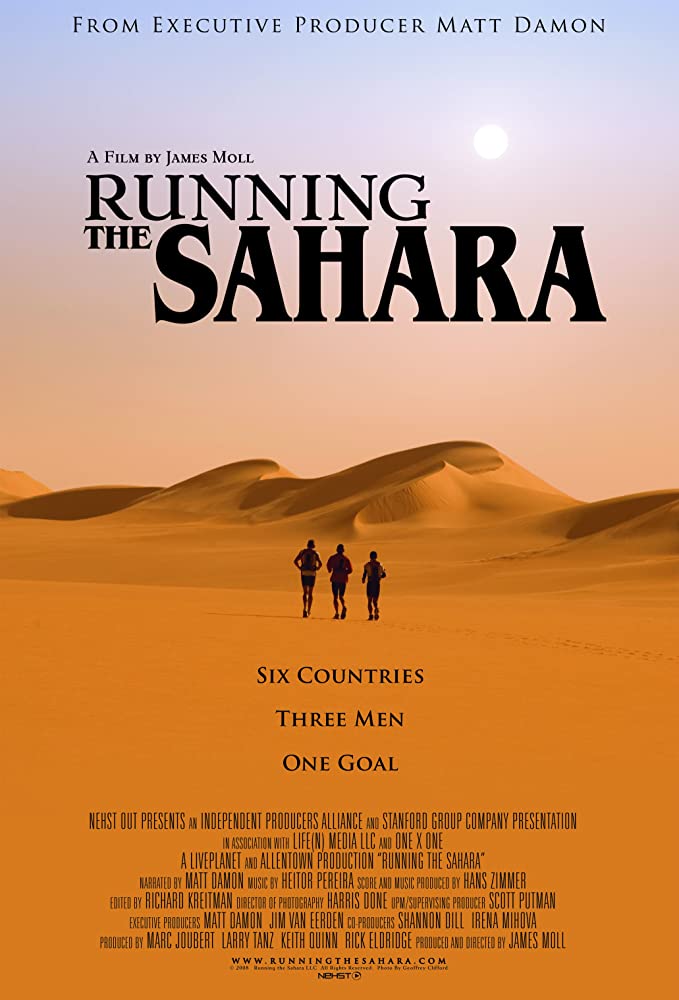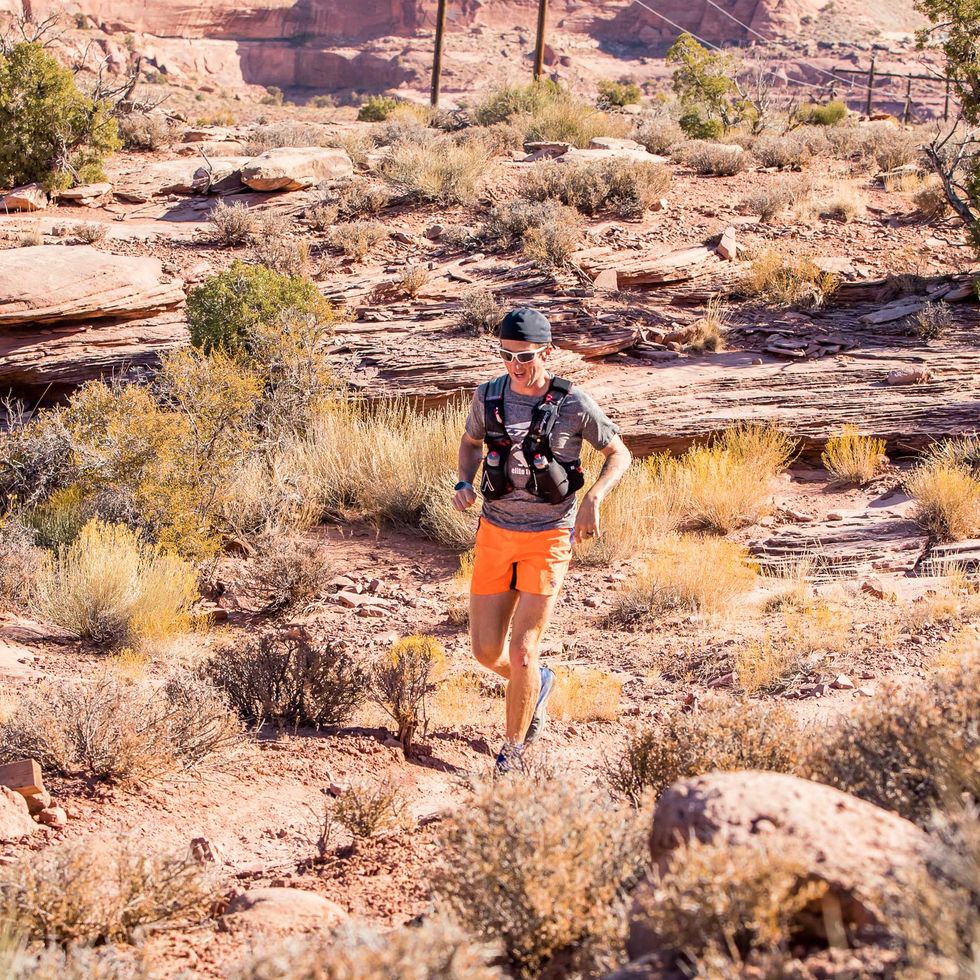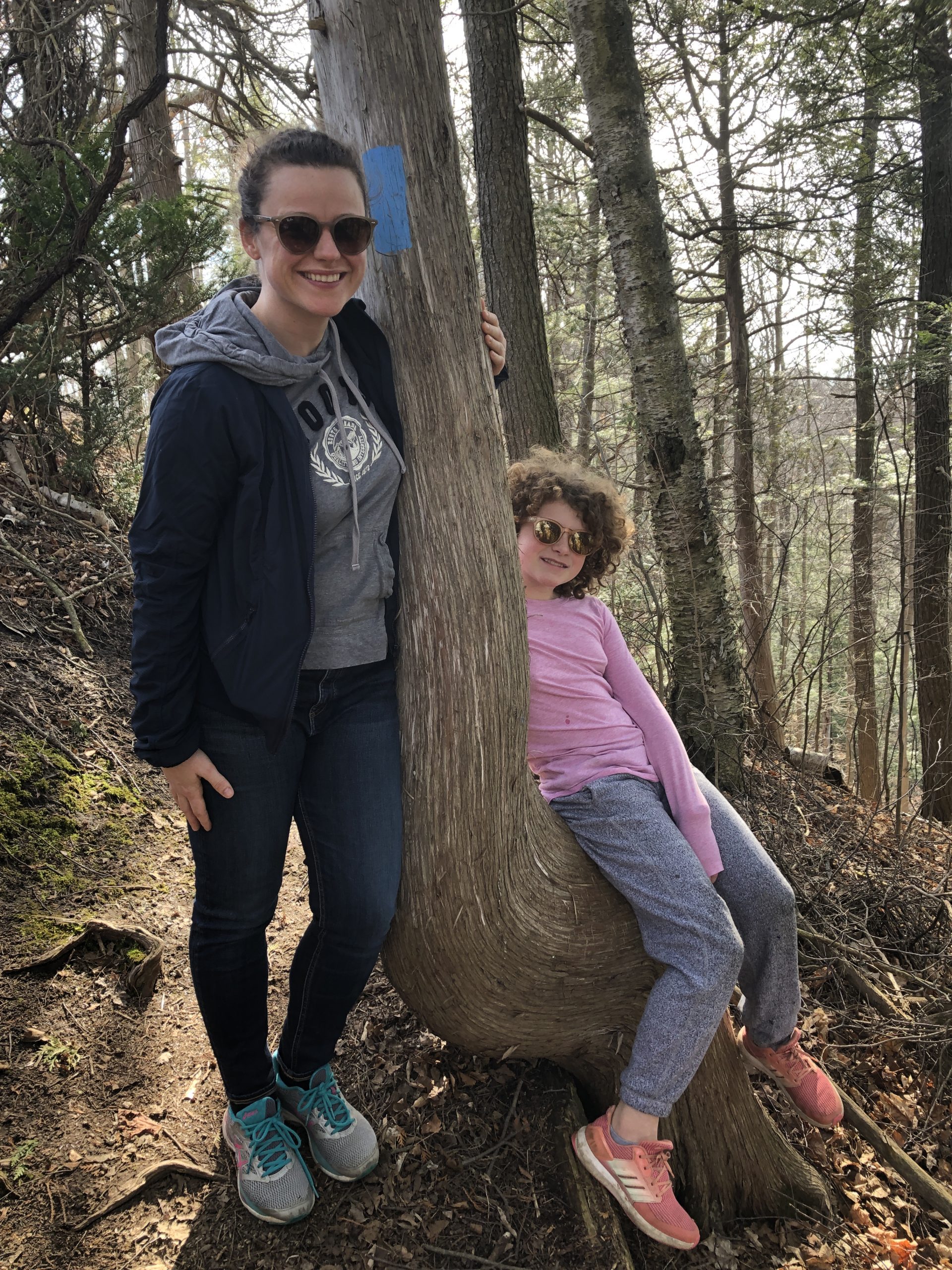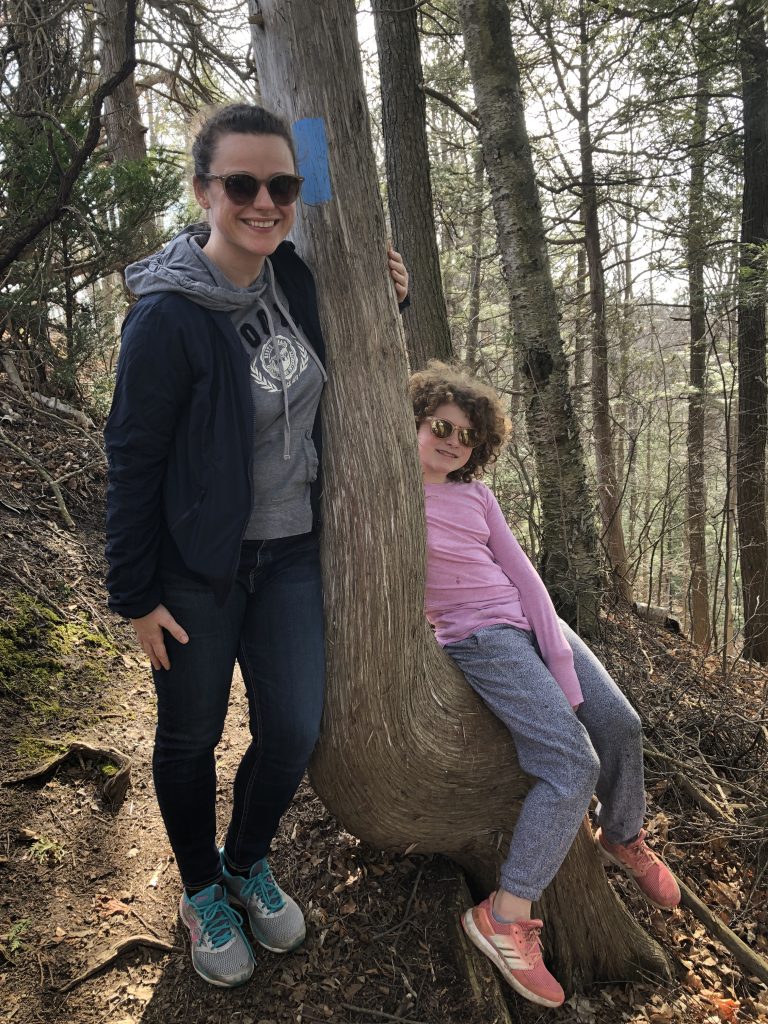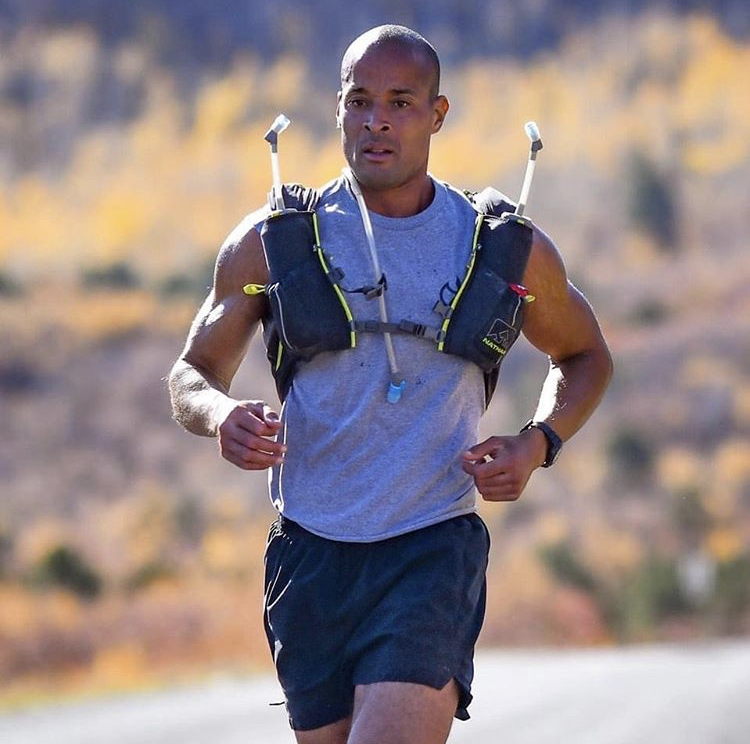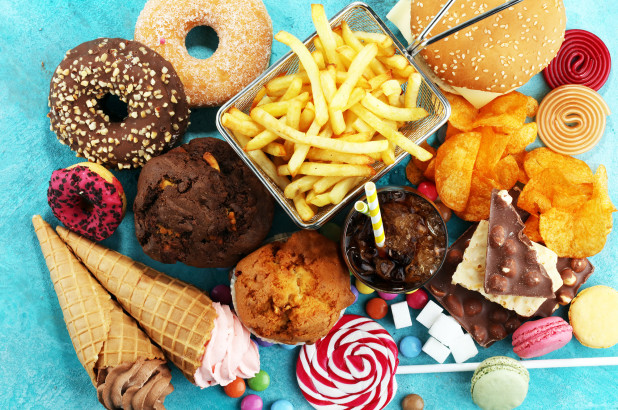
I was stoked, I had a clear path to run the UTMB in Chamonix, the Super Bowl of trail racing. Unfortunately, Covid-19 threw a wrench in my plans. I was signed up to run a race called UTMB Val D’Aran in Spain in July which was canceled. A finish at UTMB Val D’Aran would have guaranteed my entry for UTMB in Chamonix in 2021, the year that I turn 40. UTMB, Chamonix holds special significance for me. I was inspired to start running ultras after visiting Chamonix in August, 2008.
Although I was very disappointed that UTMB Val D’Aran was cancelled, I was also kind of relieved. I felt funny flying half way across the world to run UTMB when I haven’t run very many of the top Canadian races. We’re fortunate to have a number of premier races in Canada. I decided to use this post to list the top three races in Canada that I’d like to run over the next few years.
Distance: 120 miles (192km)
Vertical gain: 8,862m
Location: Eastgate, BC
Fat Dog 120 is a monster, it’s considered one of the world’s 9 toughest races by Outside magazine. Badwater and Hardrock 100 are included in this list. The web site boasts that Fat Dog’s vertical gain of 8,682 metres is just short of Everest at 8,848 metres. There’s a couple of special awards handed out, the Wild Dog for the best wildlife sighting and my favourite, the Hally Dog, for the best hallucination. Fat Dog is given many accolades – some call it the toughest race in Canada and the most scenic race in Canada. I’ve had this race on my list for the last few years. It’s high on the list for my good friends Chris and Joe as well, we’d like to run it together in the next couple of years.
Distance: 50/50 – 50 miles on day 1, 50km on day 2
Vertical gain: 6,000m
Location: Squamish, BC
Squamish 50 is put on by Canada’s favourite trail runner, Gary Robbins. If you’re not familiar with Gary, he’s well known for his attempts of the Barkley Marathons. You have the option of running three different distances, 50 miles on day 1, 50km on day 2 or the 50/50 (50 miles on day and 50km on day 2). My good friends Chris and Joe and I ran a 25km orientation run for the Squamish 50 course in 2018. We have all run distances of 100 miles or more and we got severely beat up from those 25km. The course was gnarly with a lot of climbing, rocks and tree roots. Chris, Joe and I were taken with the running community in Squamish, we chatted with some very kind and accomplished runners. Gary Robbins took five minutes to talk with Chris, Joe and I at the end of the orientation run and we couldn’t have been more pleased. I’m looking forward to getting back to Squamish.
Distance: 125km
Vertical gain: 5,182m
Location: Grande Cache, AB
What an ominous name, how could you not want to run this race? The Canadian Death Race has run every year since 2000. It passes over three mountain summits in the Canadian Rockies and includes a major river crossing at Hell’s Gate canyon where the Smoky and Sulphur Rivers converge. The organizers make sure to call out in the FAQs that no one has ever died during the race but that there’s an injury risk like in any ultra marathon.


